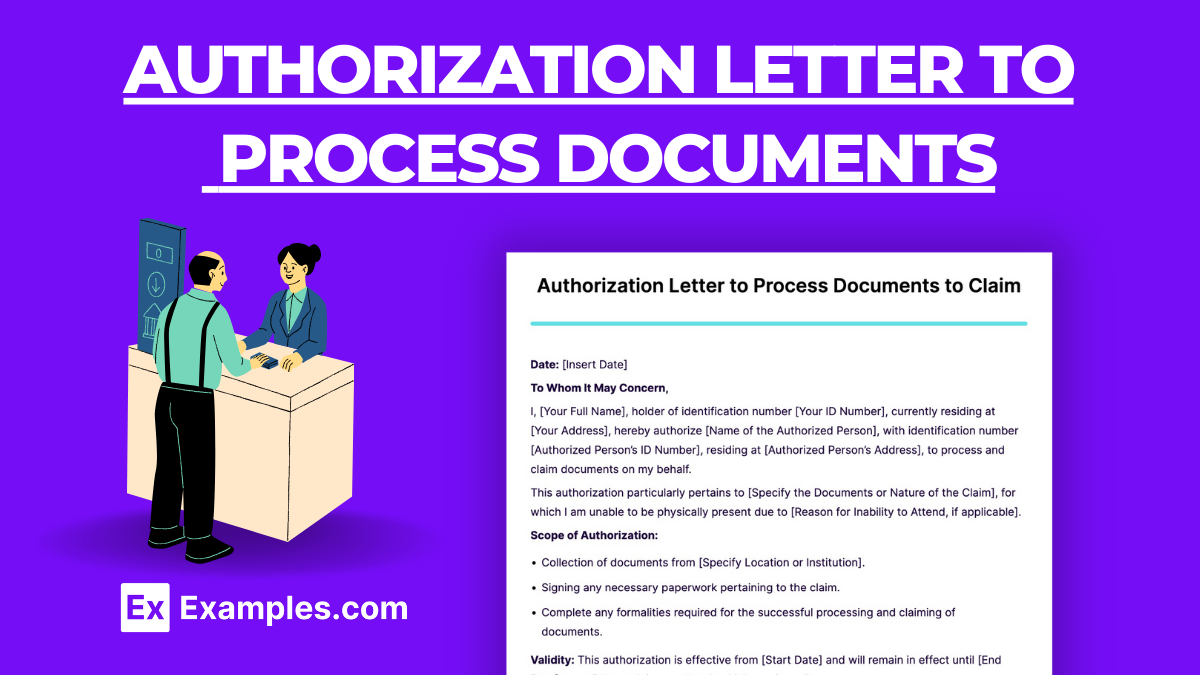

It is expected that when people get too busy with jobs, school or any other business they need to attend to, they may not always be able to process important documents for themselves. This is when they need to ask for help. Processing someone else’s documents on their behalf can only be possible through a simple letter of authorization . Now you’re going to be asking how and what should I place in a letter of authorization? Simple, here are some 8+ authorization letters to process documents examples listed below for you to check out.
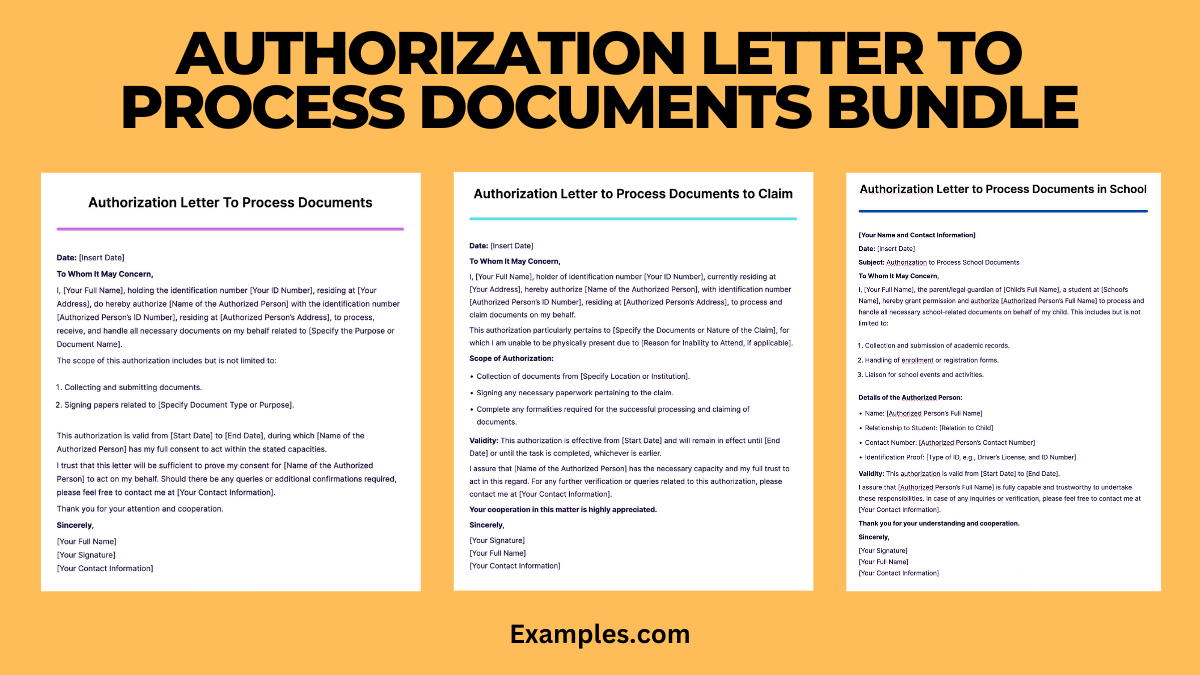
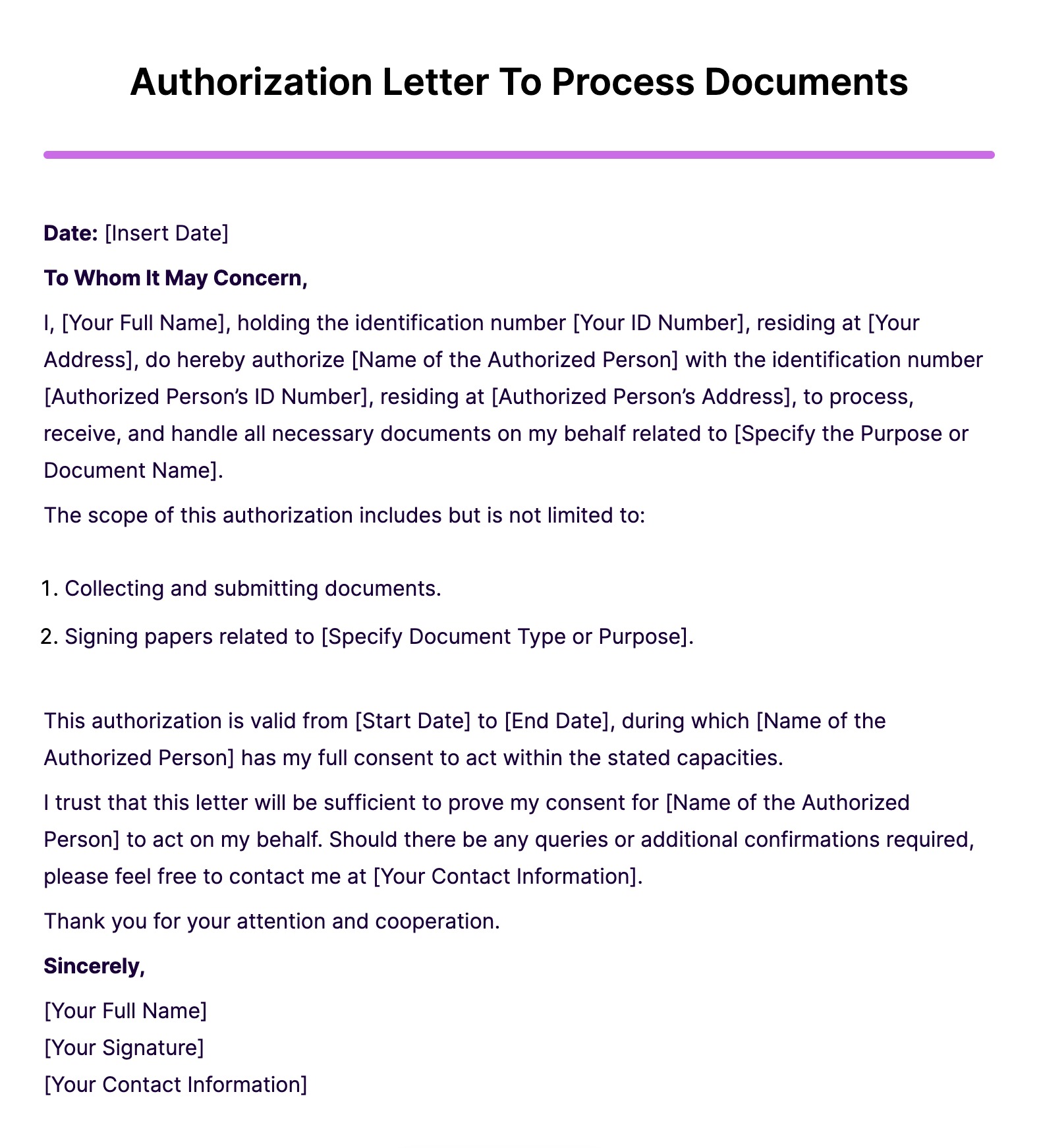
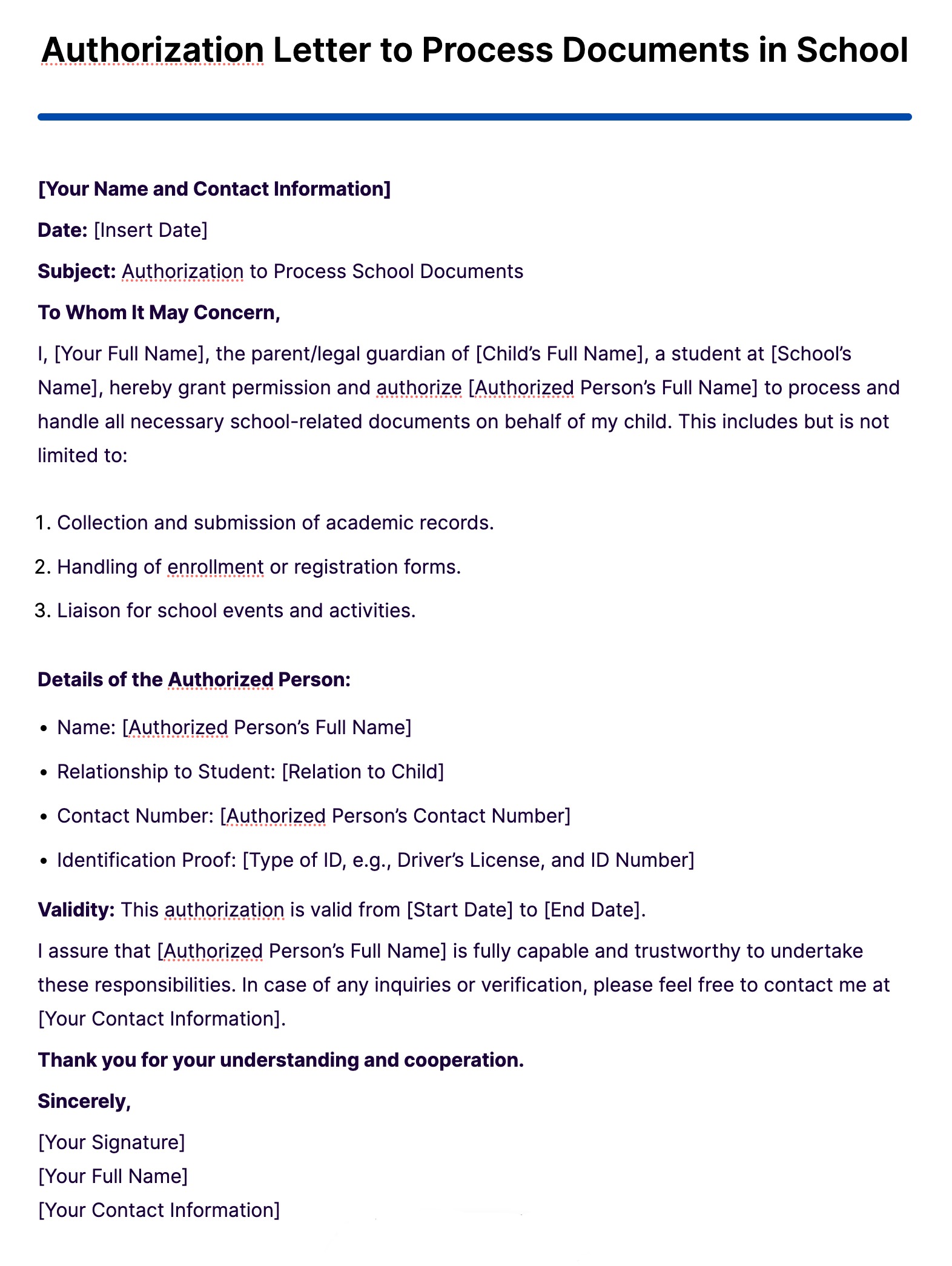
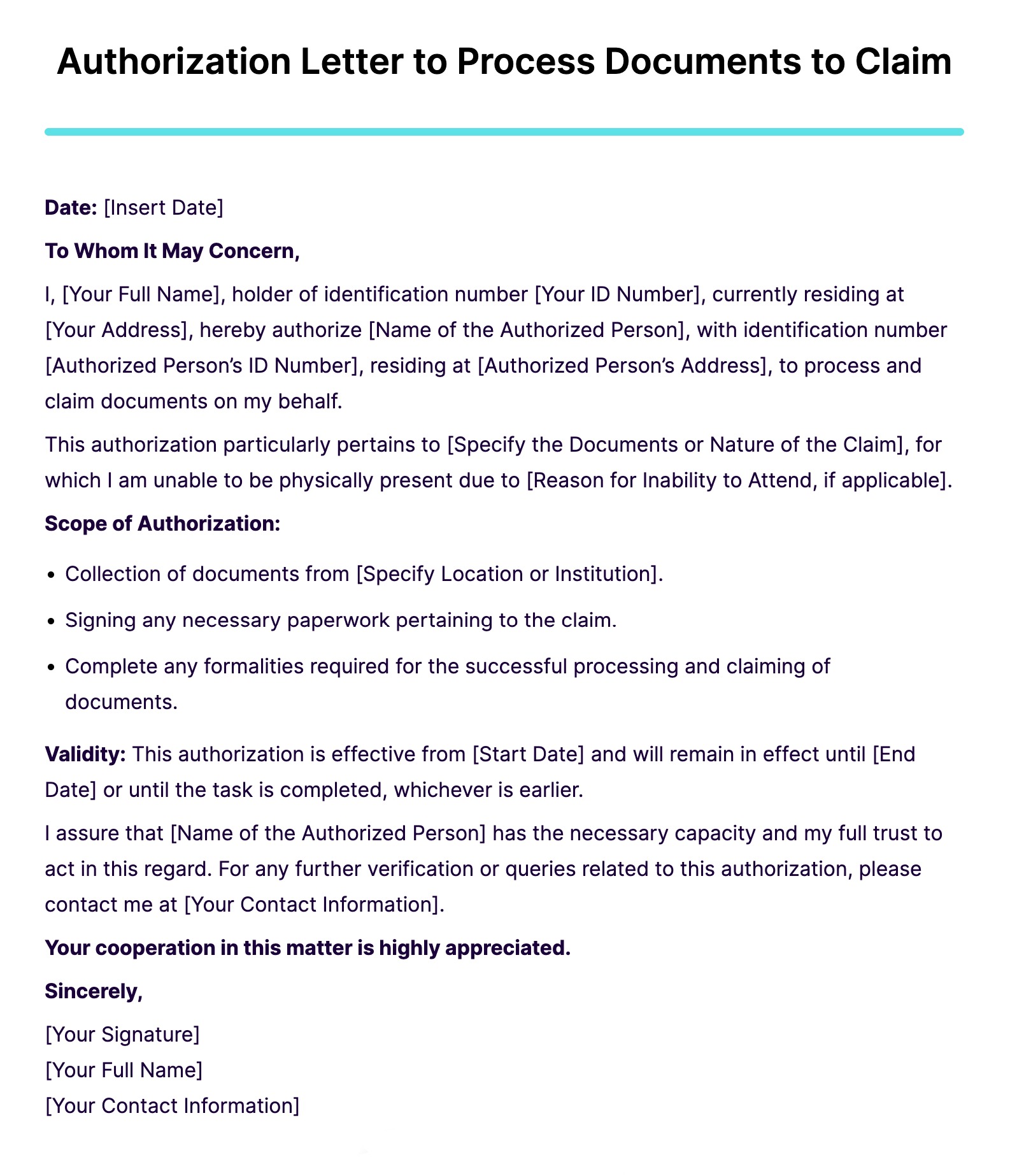
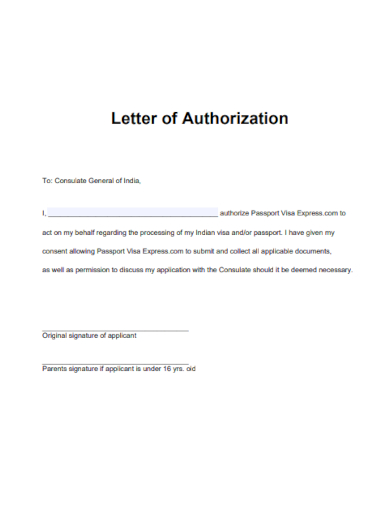
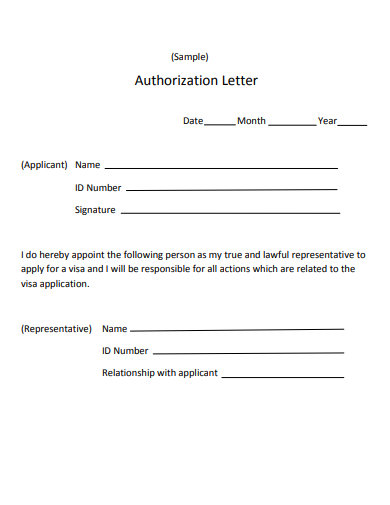
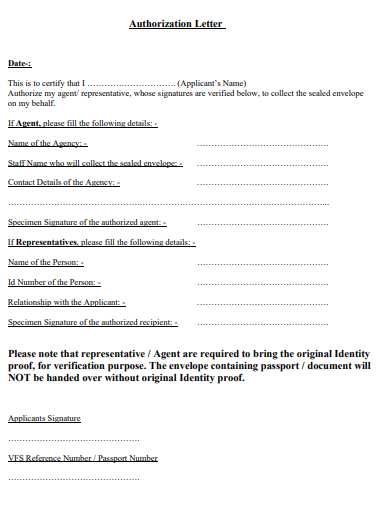
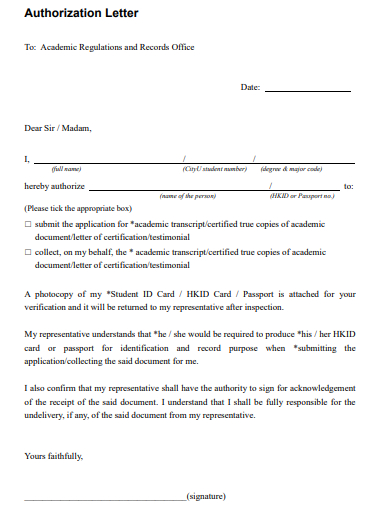
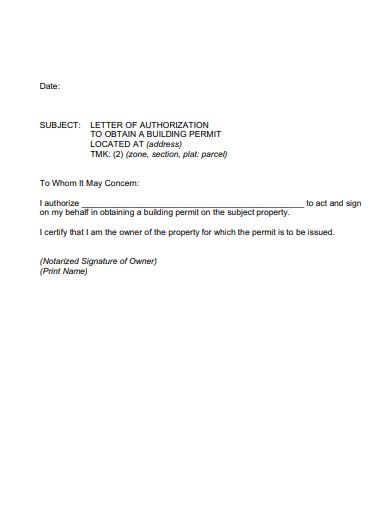
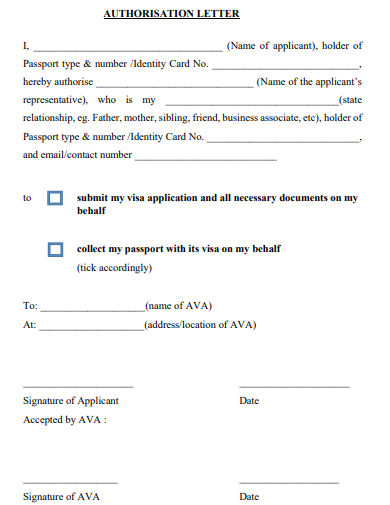
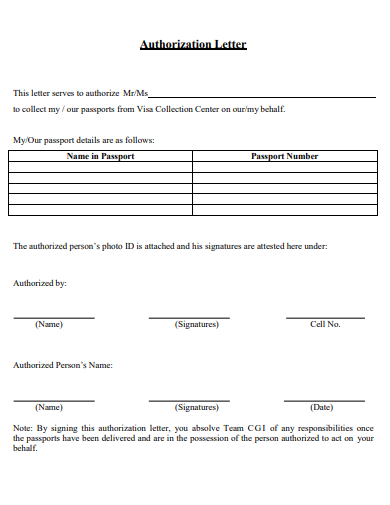
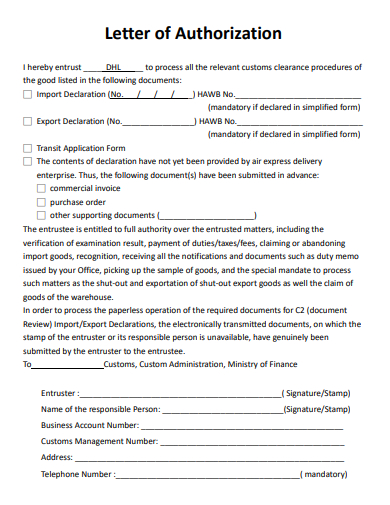
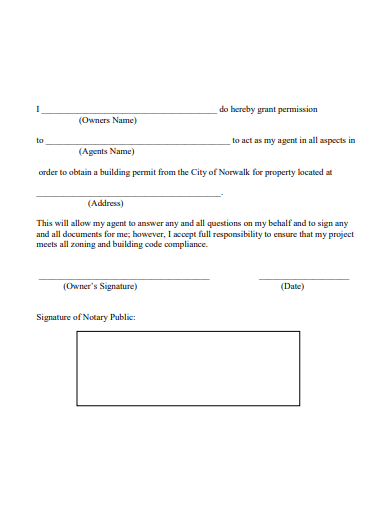
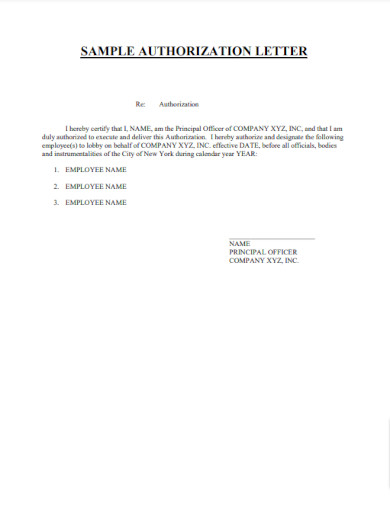
1. Format the Letter:
Use a professional and formal letter format. Include your name, address, and date at the top of the letter.
2. Recipient’s Information:
Below your information, write the recipient’s name, title, organization, and address.
3. Salutation:
Start with a formal salutation, such as “Dear [Recipient’s Name].”
4. Introduction:
Begin by clearly stating the purpose of the letter. Mention that you are authorizing the recipient to process specific documents on your behalf.
5. Your Information:
Provide your full name, address, contact number, and any other identifying information.
6. Recipient’s Information:
Include the recipient’s name, address, and any other relevant contact details.
7. Authorization Statement:
Clearly state that you are authorizing the recipient to act on your behalf. Specify the documents or tasks they are authorized to process.
8. Duration and Limitations:
If applicable, specify the duration of the authorization and any limitations or conditions. For example, you can mention if it’s a one-time authorization or ongoing.
9. Signature:
Sign the letter in ink above your typed or printed name.
10. Notarization (Optional):
Some organizations or situations may require the letter to be notarized. Check if this is necessary and follow the appropriate procedures.
Yes, you can revoke or cancel an authorization letter at any time if you no longer want the authorized person to act on your behalf. To do so, follow these steps:
1. Create a Revocation Letter:
Write a formal letter addressed to the authorized person, stating that you are revoking the previous authorization.
2. Clearly State Revocation:
Clearly state that you are revoking the authorization and specify the date on which the revocation is effective.
3. Reason (Optional):
You may include a brief reason for revoking the authorization, but it’s not always necessary.
4. Provide a Copy:
Send a copy of the revocation letter to the authorized person via a reliable method such as postal mail or email. Ensure that they receive it.
5. Notarization (if necessary):
Depending on the nature of the authorization, you may need to notarize the revocation letter for it to be legally valid.
6. Update Relevant Parties:
Inform any relevant parties, organizations, or institutions about the revocation. This may include banks, legal entities, or anyone involved in the previous authorization.
7. Maintain Records:
Keep copies of both the original authorization letter and the revocation letter for your records.
A letter of authorization for processing documents is a written document that grants permission to an individual or organization to carry out specific tasks related to processing certain documents on behalf of the person or entity providing the authorization. It is a formal and legally binding document that allows the authorized party to act as a representative in handling document-related matters, which can include requesting, collecting, submitting, or otherwise managing documents.
The letter typically specifies the nature and scope of the authorization, the specific documents involved, any limitations or conditions, and the duration of the authorization. It may also include the reasons for granting the authorization and the identifying details of both the authorizing party and the authorized party.
Common situations where a letter of authorization for processing documents may be used include:
Here are some ideas on what to put in your letter of authorization . With these tips in mind, you will surely be able to write a letter of authorization for processing documents for land, school or on behalf of the company.
The Date.
Write the complete date. Shortening the date is prohibited as this is a formal letter.
Sender’s complete name, address and contact number.
Your complete name, address and contact number must all be written on the upper left corner of the letter.
Sendee’s full name, address and contact information.
In the same corner, just below your name, write the sendee’s complete name, address and contact information. .
Acknowledging the person receiving .
State the name of the person in the opening salutation.
Stating the purpose of the letter of authorization .
In the body of the letter, this is where you authorize the bearer or your recipient whom you gave the authority to process your request on behalf of you, the company, or the school. End your letter with a thank you, your name and signature. Watch your tone when writing, this is a formal letter, and should remain to be.
A letter of authorization is a legal document that states you are giving authority to someone to process important affairs on your behalf.
When someone wants to process documents but could not do it on their own, a letter of authorization is required as proof that the person gave you the authority to process everything on their behalf.
While there’s no rigid format, an authorization letter typically includes authorizer and authorized party details, the scope of authorization, document specifics, limitations, and signatures. It should be formal and well-structured.
To write a simple letter of authorization, include authorizer and authorized party details, specify the tasks or actions authorized, add limitations if any, and sign the letter formally.
Yes. You must write their complete name. What is not acceptable is their nickname in a formal letter of authorization. It must be their given name, their middle name and last name.
Your letter must be detailed, but not too detailed. You need to add the specific information needed when writing the letter. You may write a short letter as long as the information required is there. May it be a letter of authorization for school documents, a letter of authorization for company documents or land documents. State the purpose. Failure to do so will result in the recipient confused and may reject the letter of authorization.
Now that you have all the tips on how to write a letter of authorization for processing your documents, you can now write one with no problem. Checking the examples of letter of authorization above will also help you write a good one. Follow the tips, look at the samples and you are all set to write a letter to process important documents.